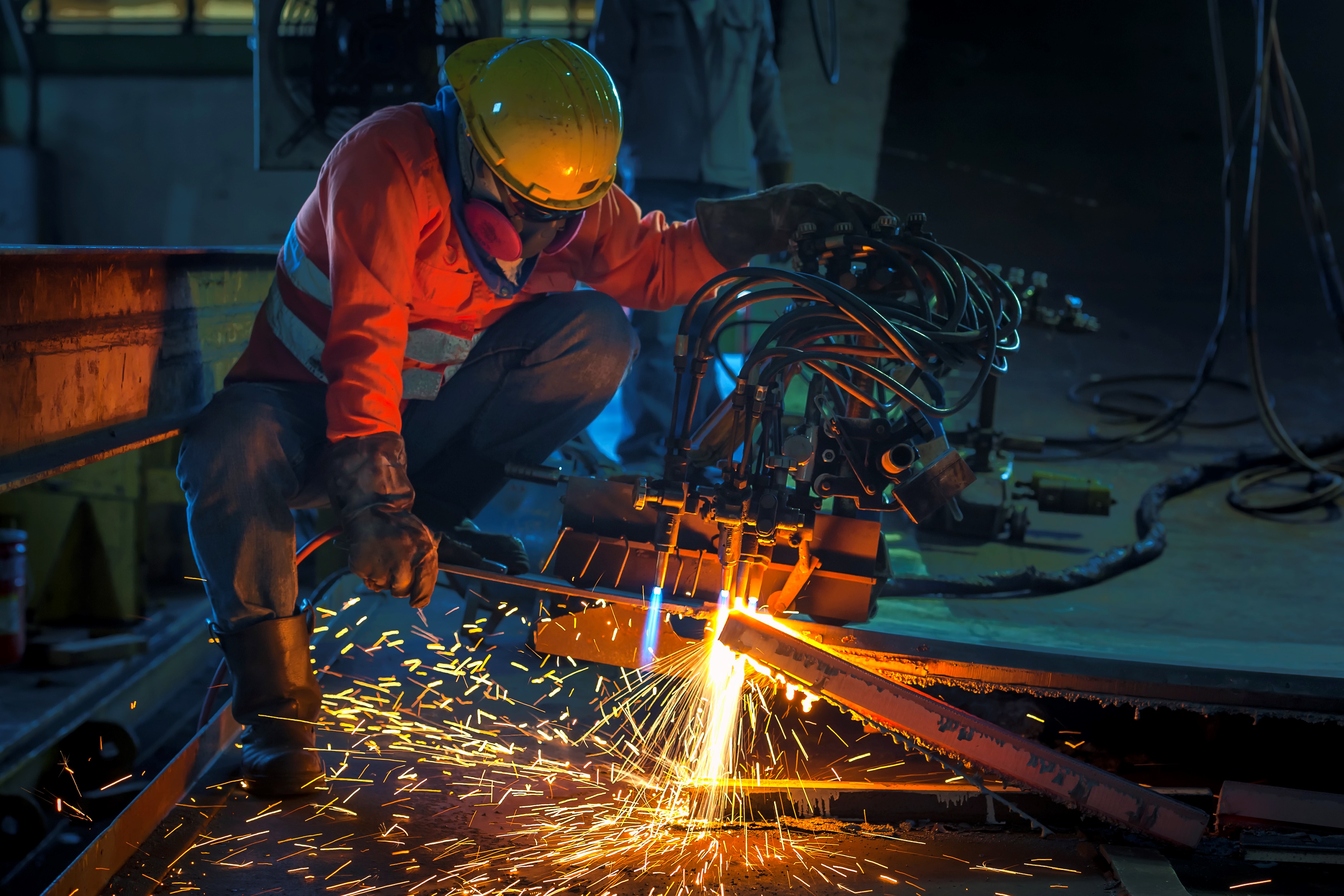When operating machinery and equipment in the workplace, multi-level protective measures must be taken to prevent dangers such as entrapment, crushing, and pinching. First, various safety equipment should be installed. This includes installing guards on moving parts of machinery to prevent personnel from reaching hazardous areas. In addition, setting up emergency stop devices (such as emergency buttons or pull ropes) allows operators to quickly stop the machine in the event of danger and avoid accidents. The use of automatic safety devices such as limit switches and photoelectric switches can also automatically stop the equipment when an abnormality occurs to prevent further damage.
The setting of the working environment is also an important part of preventing accidents. Set clear warning signs in dangerous areas to remind people to stay away from danger. At the same time, guardrails or cordons should be used to isolate the operating area to prevent irrelevant personnel from entering. In addition, keeping the work area clean can also prevent accidents such as slips or trips and ensure a safe working environment. Planning clear work movement lines can prevent personnel from inadvertently entering high-risk areas of mechanical operation.
|
Establishing and implementing standard operating procedures (SOP) is the basic safety guarantee for operating machinery. All operators should receive safety training, including correct equipment operation methods, hazard identification and emergency response measures. Only authorized and trained personnel can operate the equipment to prevent accidents caused by mis-operation by unauthorized personnel. Through regular training, employees' safety awareness and operational skills can be continuously improved and risks can be reduced. |
|
Finally, regular equipment maintenance and inspections are key to ensuring the safe operation of machinery. Regular inspection of equipment and timely repair of potential faults can reduce the risks caused by equipment problems. At the same time, appropriate work clothes should be worn and suitable personal protective equipment (PPE) such as safety shoes, hard hats, etc. should be worn to provide an additional layer of protection during operations. The combination of these measures can effectively prevent potential hazards in mechanical operations.
Relevant regulations: safety standards for machinery and equipment, rules for occupational safety and health facilities
If you have any needs for hazard prevention measures assessment of machinery, equipment, instruments, etc., or the establishment of corresponding management measures, please feel free to contact us.

